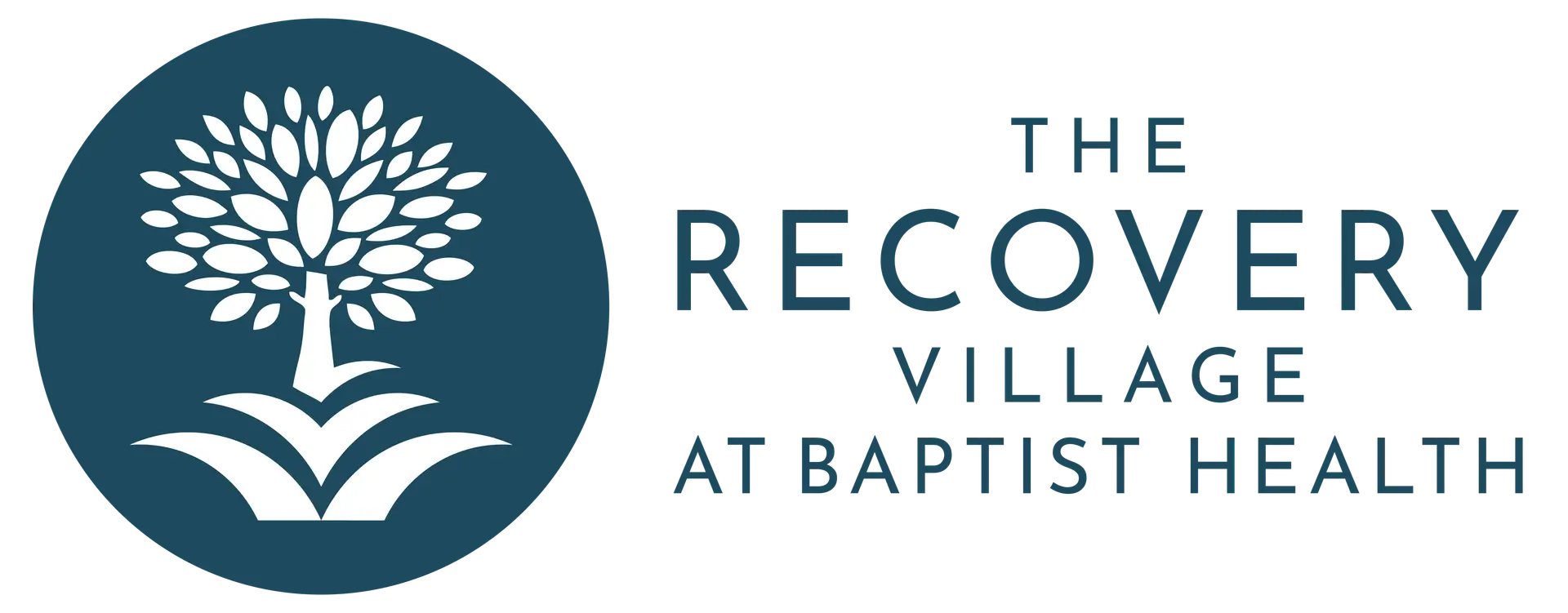PTSD impacts millions of people across the world. Learn the signs, symptoms and treatment options to better understand how to help people living with the disorder.
As mental health becomes a more open subject, people are having more conversations about the impact of varying conditions. Post-traumatic stress disorder (PTSD) is an important condition to discuss since it impacts so many people around the world.
What is PTSD?
You may have seen the acronym PTSD before and wondered what it meant. Post-traumatic stress disorder can seem like a mental health disorder that’s too complicated to understand, but it only takes a few moments to learn about the disorder and how it impacts people. By taking the time to understand what PTSD is, you’re taking a step toward helping the many people who live with it because you’re showing them that you care about what they struggle with.
Post-Traumatic Stress Disorder Definition
The criteria for a PTSD diagnosis comes from the Diagnostic and Statistical Manual of Mental Disorders, Fifth Edition (DSM-5). The DSM-5 guides treatment providers in assessing people and making a determination of their diagnosis and severity level. PTSD is a complex condition with many diagnostic criteria. Here is the condensed definition, taken from the American Psychiatric Association website.
THIS HOLIDAY, CHOOSE HEALING.
The pressures of the season are real. Find lasting peace and expert support.
“Post-traumatic stress disorder (PTSD) is a psychiatric disorder that can occur in people who have experienced or witnessed a traumatic event such as a natural disaster, a serious accident, a terrorist act, war/combat, rape or other violent personal assault.”
What Causes PTSD?
PTSD was previously considered a disorder of veterans returning from war. The disorder was initially discovered as a result of providers treating soldiers after combat. As time passed, mental health providers expanded their definition of what causes PTSD. No longer considered a diagnosis for soldiers only, PTSD has been recognized as a condition that anyone can experience under dire circumstances in which their life or safety is put at risk, or if one has witnessed traumatic events.
Types of PTSD
How is PTSD diagnosed? Medical and mental health providers use the DSM-5 to determine whether a patient meets the criteria for PTSD. The symptoms and severity of the condition help health care providers make the diagnosis and these symptoms guide treatment for the condition.
Though PTSD has certain diagnostic criteria, it can vary from person to person. Just as unique circumstances can bring about PTSD, the severity of symptoms depends on a number of factors. The types of PTSD indicate the varying degrees of severity and additional complications that can present with this disorder.
Uncomplicated PTSD
One might assume that with a phrase like “uncomplicated,” this form of PTSD would be easy to manage. That is not the case. Uncomplicated PTSD got its name from the fact that it is a more straightforward condition that is not intertwined with other conditions. This is a less common type of PTSD and generally responds favorably to treatment.
Comorbid PTSD
When someone has one or more conditions that negatively influence one another, they are considered comorbid. Comorbid PTSD can result in difficulties accessing the correct treatment or medications and can even delay being diagnosed correctly, as some of the symptoms of these conditions can overlap, making it easier for the true diagnosis to be missed.
Complex PTSD
This form of traumatic response stems from severe and long-standing periods of trauma, such as childhood abuse. Complex PTSD symptoms can include aggression, irritability, challenges in relationships or self-harm and commonly co-occur with conditions such as borderline personality disorder, depression, anxiety and substance use disorder.
PTSD Symptoms
People who deal with PTSD often experience intense PTSD symptoms. How long PTSD symptoms last and the severity of the symptoms on any given day largely depends on exposure to triggers, access to treatment and the presence of other life stressors that might exacerbate PTSD symptoms.
Intrusive Symptoms
Intrusive thoughts about the traumatic event, mental images and sensory input can make PTSD feel as though it is happening in the current moment for many people. The feeling of not being able to stop one’s own painful reminders of terrifying events can make PTSD seem impossible to escape. Intrusive symptoms can take over people’s lives at times and make it difficult to attend to the day’s tasks. These troubling symptoms can be debilitating, particularly if one is exposed to triggers on a regular basis.
Avoidance Symptoms
In an effort to reduce painful experiences, people with PTSD may resort to avoidance behaviors. People with avoidance symptoms may stay at home or isolate themselves from others in an attempt to self-protect. Often avoidance only worsens the condition and increases comorbid depression and anxiety symptoms.
Mood and Cognitive Symptoms
Symptoms of depression, irritability and problems with concentration can be a discouraging aspect of PTSD. These symptoms may result in further isolation and avoidance behaviors, as well as feelings of fatigue and emotional disconnection.
Arousal and Reactivity Symptoms
The body and mind often respond with intense reactions when one has PTSD. Some of the more physiological responses include hypervigilance, arousal and increased reactivity levels. The fight, flight or freeze phenomenon is a part of this response system. People with PTSD may startle much easier than most. Their heart rate is often higher, even at a resting state, because of this intense preparedness of the mind and body when PTSD is present. This psychological defense is a mechanism to prevent oneself from being caught off guard again; it is a subconscious way for one’s mind and body to protect itself from further harm.
Who is at Risk for PTSD?
PTSD can impact anyone who has had exposure to a severe threat to wellbeing or risk of harm. Witnessing or experiencing traumatic events can result in PTSD.
- Veterans. PTSD wast recognized in soldiers returning from war. The traumatic events of war have a major impact on veterans. When you consider how many veterans have PTSD, it is not surprising that this condition was firs first realized in that population. An estimated 30% of Vietnam veterans struggle with this disorder as a result of their experiences in the war. Soldiers of Operation Iraqi Freedom and Enduring Freedom experience PTSD at a rate of between 11% to 20%.
- Law enforcement and first responders. People who work in law enforcement, first responders and firefighters are frequently exposed to situations in which they are expected to stay calm, alert and help the victims of any given scenario. Because of this exposure, people in these professions are at greater risk for PTSD.
- Victims of abuse. Those who suffered abuse during their lifetime are likely to experience PTSD as a direct result of their maltreatment. The lingering effects of PTSD for abuse victims can influence functioning for years if left untreated.
PTSD Statistics and Facts
Consider some of the following additional PTSD stats and facts:
- An estimated 8 million people in the United States have PTSD.
- 50% of women and 60% of men will experience PTSD at some point in their lives.
- Men are more likely to experience PTSD as a result of physical injury, violence or assaults, whereas women are more likely to experience childhood sexual abuse and sexual assault in adulthood.
- 67% of people who have witnessed mass violence will go on to later develop PTSD as a result of that trauma.
Treatment for PTSD
PTSD treatment options are often centered around regulating physiological responses and dealing with the traumatic events and the way it impacts the individual. The key for PTSD treatment is learning grounding and coping strategies to prepare for the complex work of revisiting the painful memories of the traumatic events. The risk of retraumatizing during treatment needs to be addressed by the development of grounding skills to help clients stay in the moment.
See More: Gestalt Therapy for Trauma
Cognitive Behavioral Therapy (CBT) is a common treatment modality that involves the exploration of feelings, thoughts and behaviors. CBT helps people work on the way these factors affect their lives.
Eye Movement Desensitization and Reprocessing (EMDR) is a treatment for PTSD designed to help reduce the impact of symptoms and improve one’s ability to remember the traumatic events without being overwhelmed by the symptoms.
One of the problematic aspects of PTSD is the tendency to avoid triggering situations. Prolonged exposure therapy uses the idea that one should face triggers and move away from avoidance to heal from them.
This form of therapy can be a helpful treatment modality in that it challenges thoughts related to trauma that might be inaccurate or may be keeping one stuck in a pattern of thinking or behaving.
Treatment for PTSD and Co-Occurring Conditions
People struggling with PTSD and co-occurring conditions have more specific needs geared around both substance abuse and trauma symptoms. It is important for both conditions to be treated, as they tend to play off one another in challenging ways that negatively impact one’s quality of life.
PTSD and Addiction
Often people with PTSD and addiction use alcohol or drugs to self-medicate. There are supportive treatment options for people with PTSD and addiction. The presence of both addiction and PTSD can worsen the other, so seeking professional treatment options are beneficial.
National Resources
Additional resources include the PTSD support hotline, the National Alliance on Mental Health hotline and suicide prevention hotline. If you are struggling with trauma, reach out for support.




